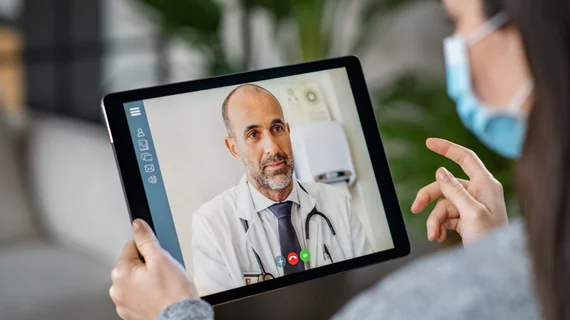How telehealth can boost care for heart attack patients
Telehealth could provide significant value as a post-discharge treatment tool for low-risk acute myocardial infarction (AMI) patients, according to new findings published in JAMA Cardiology.
AMI patients are often given certain medications—ACE inhibitors and ARBs, for example—to assist with their recovery. Could those medications be prescribed and adjusted virtually, allowing patients to receive crucial care from the comfort of their own homes?
The team behind this analysis aimed to find out, launching the IMMACULATE trial to compare post-discharge remote intensive management (RIM) with standard care (SC) provided by a cardiologist.
Data was gathered from 301 patients. All participants were enrolled from July 2015 to March 2019 and received care at one of three facilities. A total of 49.5% of patients received post-discharge, practitioner-led RIM, and the remaining 50.5% of patients received SC. Individuals receiving RIM submitted all had a NT-pro-BNP concentration of more than 300 pg/mL before being discharged.
All RIM patients submitted blood pressure and heart rate measurements using a Bluetooth-enabled device twice every day following an initial MR examination. Weekly consultations occurred for two months, followed by consultations every two weeks for four additional months.
Overall, the authors reported, “there were no significant differences in safety events, medication adjustment or left ventricular reverse remodeling outcomes” among participants in the RIM and SC groups.
“Among low-risk patients with revascularization after myocardial infarction, RIM by allied health care professionals was feasible and safe,” wrote Mark Y. Chan, MBBS, PhD, of the National University of Singapore, and colleagues. ‘There were no differences in achieved medication doses or indices of left ventricular remodeling. Further studies of RIM in higher-risk cohorts are warranted.”
The full study is available here.

